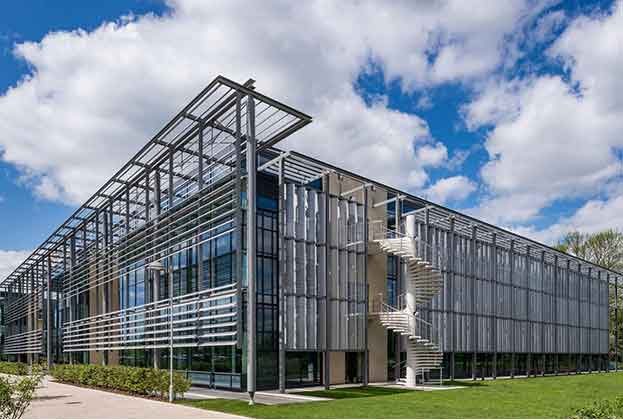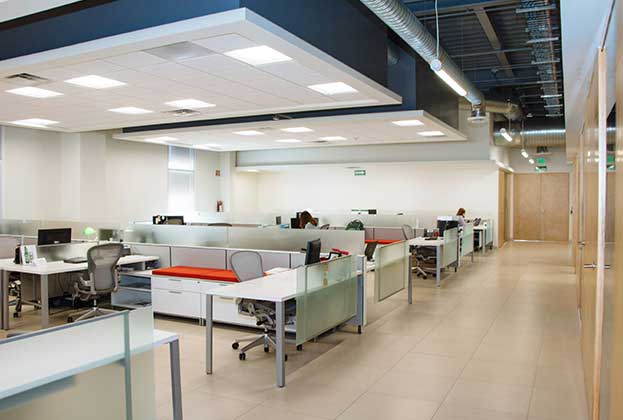With many major global law firms competing for office space around the world, we’re continuing to see their requirements evolve as the competition for talent has necessitated offering staff working areas of the same high standards as client-facing spaces. Over the last few years, premium space in an accessible and attractive urban location, including amenities that could compete with many high-class hotels, has become the standard, aimed at assisting in recruiting and retaining the best legal talent. But what are the latest trends in terms of law firms’ design and lay-out of their office workspaces, and how do these reflect the employment patterns seen in the sector so far in 2024?
Law firms continue to be one of the most active sectors when it comes to office leasing globally, but how are practices designing their spaces to reflect recent trends?
Work areas continue to respond to new ways of working
While there is regional variation around the world, the majority of law firms today continue to move towards incorporating more tech-enabled multi-purpose shared spaces, which can be used for team-wide meetings, collaborative tasks, or client-facing events. This reflects that even though the legal sector is one of the professional sectors to favour more time being spent in the office, it recognises the need to support hybrid working patterns, and that staff will sometimes be working from elsewhere.
AI features are more advanced in law firm offices than elsewhere
Although it is not uniform across the board, the legal sector is broadly ahead of other professional service sectors in adopting AI to undertake simple tasks, including assisting in client billing, and keeping an eye on staff hours to reduce burn out and increase well-being. This familiarity with such technology is also reflected within how offices are managed, with smart technology that optimises utilisation and facility management data now being readily adopted by law firms. This includes sophisticated meeting room booking systems that allocate rooms based on the number of in-person and remote attendees, to increase the efficiency of how spaces are used, rather than relying on a human making a choice.
Open plan layouts are steadily being adopted
While private individual offices still feature, and remain a mainstay especially of firms in the US, those based in Europe and Asia are leaning towards open plan layouts to make the best use of space (see chart below). Here, ‘neighbourhood seating’ arrangements have gained traction to guarantee certain teams and relevant colleagues sit together. Germany is a European exception, where regulation and cultural norms about having a set amount of personal working space mean individuals in the law sector tend to retain individual offices.
In the markets where cellular space prevails, however, there is a trend towards same-sizing the offices of both partners and associates, instead of allocating larger offices to reflect seniority. While this equality in office size may foster a stronger sense of community among staff, legal occupiers that adopt this approach may also benefit from being able to reduce the amount of office space required for the firm overall.
Further information
Contact Sarah Brooks or Emma Morton
Global Occupier Markets: Spotlight on the legal sector



.jpg)






